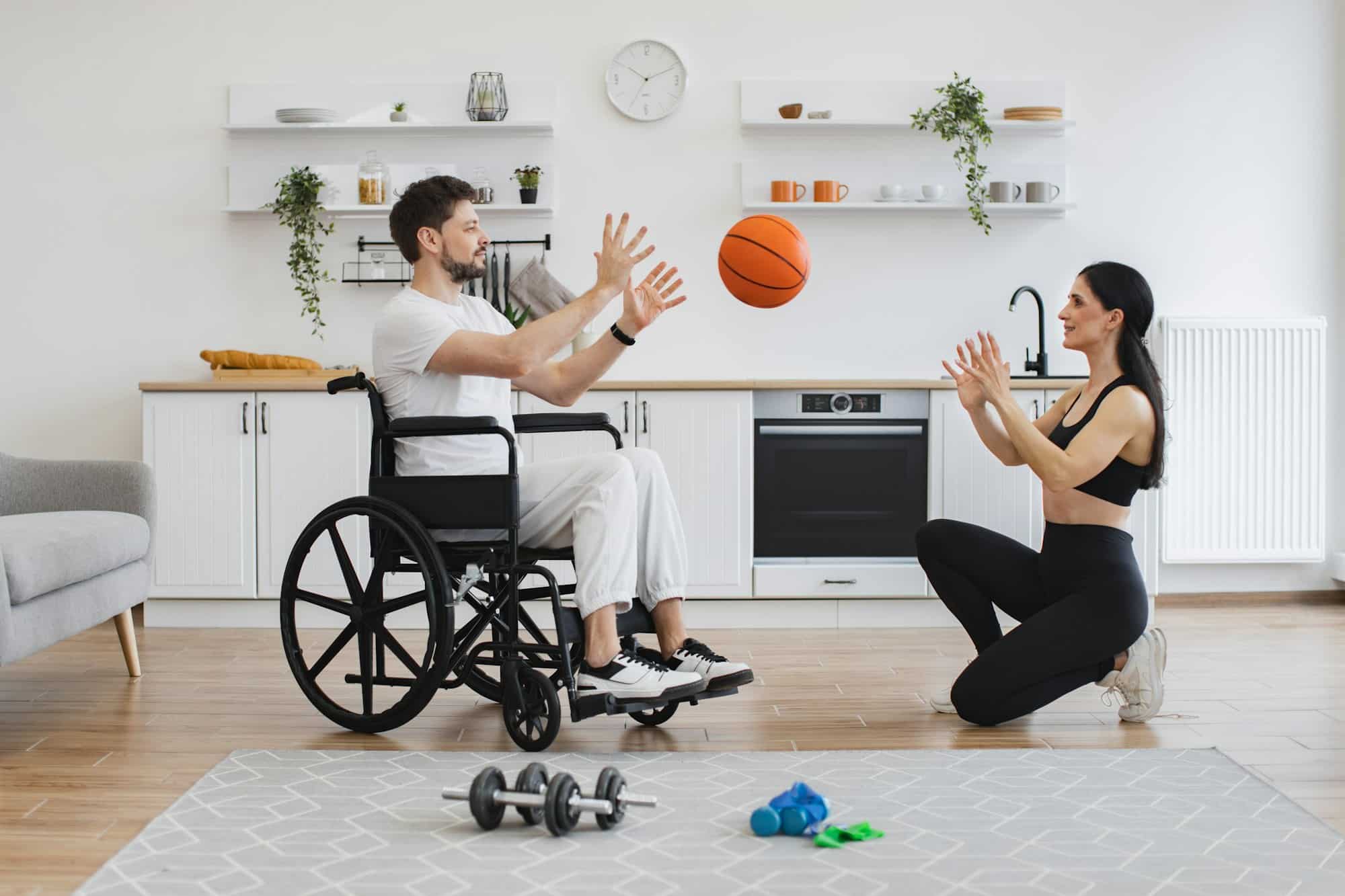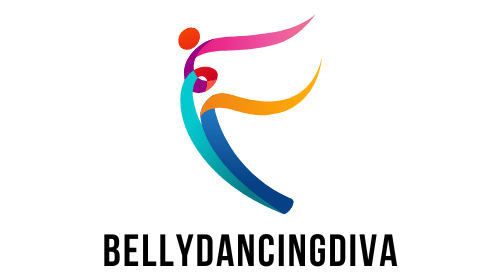How Can Virtual Reality Assist in the Rehabilitation of Stroke Patients?

Stroke is a debilitating event that can cause severe impairment of motor functions in patients. It often leads to a variety of physical and cognitive deficits, making the recovery process slow, challenging, and sometimes incomplete. However, recent advances in technology, particularly in the realm of virtual reality, offer promising new avenues for stroke rehabilitation. Throughout this article, we will explore how virtual reality can aid in stroke rehabilitation.
The Role of Virtual Reality in Stroke Rehabilitation
Virtual reality (VR) has emerged as a potent tool in the rehabilitation of stroke patients. It provides an immersive, interactive, and easily adaptable environment for therapy. Notably, it can be tailored to individual patient needs, offering a unique advantage over traditional rehabilitation methods.
A lire en complément : Benchmarking top chatbots in the market
The main application of VR in stroke rehabil is in motor function recovery. Motor function is vital for performing daily activities, and it’s often heavily impaired in stroke patients. VR systems enable patients to engage in virtual tasks that simulate real-life activities. These tasks can help patients regain motor control, particularly in the upper limbs. They also allow for the repetition of specific movements, which is crucial for motor learning and neuroplasticity.
Balance and gait training are other essential components of stroke rehabilitation that can be enhanced with VR. Studies indicate that VR-based balance training can significantly improve postural control and stability in stroke patients. Similarly, gait training using VR can help patients regain their normal walking patterns and speed.
A découvrir également : What Are the Ethical Implications of Emotion Recognition Technology in Advertising?
The Science Behind VR Therapy for Stroke Patients
Various scholarly studies have explored the impact of VR on stroke rehabilitation. A study published in the Pubmed journal in 2022 revealed that VR therapy could improve upper limb function and gross motor function in stroke patients. The study also found that the therapy was well-received by patients, suggesting its potential for wider adoption.
DOI: 10.1016/j.neubiorev.2022.01.007
Another study highlighted in the Crossref journal in 2023 indicated that VR could provide effective rehabilitation for stroke patients, particularly in improving balance and gait. The results showed that VR training led to significant improvements in the balance and walking abilities of the participants.
DOI: 10.1093/brain/awt091
These studies highlight the practical benefits of VR in stroke rehabilitation. They underscore its potential to complement traditional rehabilitation methods, offering a more engaging, patient-centric approach to therapy.
Patient Experience in VR Rehabilitation
The patient experience in VR rehabilitation is a vital component to consider. The immersive nature of VR can potentially make therapy sessions more engaging and less daunting for patients. Moreover, VR can simulate a variety of environments and situations, making therapy more versatile and personalized.
Moreover, VR can provide instant feedback on performance, allowing patients to track their progress and adjust their efforts accordingly. This feature can be motivating for patients, helping them stay committed to their rehabil regimen.
The Future of VR in Stroke Rehabilitation
As technology continues to evolve, the role of VR in stroke rehabilitation is expected to expand. Future developments may see more sophisticated VR systems that can simulate a broader range of real-life situations, providing more comprehensive therapy options.
Additionally, VR technology may become more accessible and affordable, making it a viable option for home-based rehabilitation. This trend could empower stroke patients to take a more active role in their recovery, improving their outcomes, and enhancing their quality of life.
While the full potential of VR in stroke rehabilitation is yet to be realized, the current applications are certainly promising. As more research is conducted and technology advances, we can expect VR to play an increasingly significant role in helping stroke patients regain their motor functions, balance, and overall independence.
For now, the message is clear: virtual reality holds considerable promise as a tool for stroke rehabilitation. As the technology continues to evolve and its benefits become more widely recognized, VR is set to be a game-changer in the world of stroke rehabil. Whether it’s helping patients regain their balance, motor functions, or independence, VR offers a unique, patient-centric approach to therapy that can significantly enhance the recovery process.
The Virtual Environment and its Effectiveness in Stroke Rehabilitation
In the journey of stroke rehabilitation, the use of a virtual environment has proven to be highly effective. The immersion provided by virtual reality (VR) has transformative potential in the rehabilitation process. Rather than being limited to the clinical setup, stroke patients can now engage in a wide array of exercises and activities in virtually simulated conditions, which are controlled, safe, and adaptable.
A meta-analysis conducted on various PubMed and Google Scholar articles emphasized the effectiveness of VR in facilitating the recovery of motor function, particularly in the upper extremity or upper limb. The VR systems help in improving the patients’ grip strength, finger dexterity, and overall arm movement, significantly enhancing their ability to perform daily activities independently.
Furthermore, a free article available on PMC highlighted the role of VR in improving dynamic balance in stroke survivors. The immersive training environments simulate real-life balance challenges, promoting better control of posture and movement, crucial for post-stroke recovery.
Besides, VR also assists in cognitive rehabilitation for stroke patients. The interactive virtual tasks facilitate the recovery of attention, memory, and executive functions, which are often affected post-stroke. The VR-based activities can be designed to be progressively challenging, promoting cognitive growth and recovery.
Concluding Thoughts: VR, Quality of Life, and Future Expectations
It is undeniable that virtual reality has brought a paradigm shift in stroke rehabilitation. By offering a personalized, engaging, and versatile therapy option, VR has not only improved motor and cognitive functions in stroke patients but also significantly enhanced their quality of life. With VR, therapy is no longer a dreaded routine but an immersive and interactive experience that patients look forward to.
Given the promising results of VR in stroke rehabilitation so far, we can anticipate that future advancements in VR technology will only enhance its potential further. As studies continue and knowledge expands, the integration of VR into conventional therapy approaches will likely become more common.
The future may witness more sophisticated VR systems capable of simulating complex real-life situations, providing comprehensive and versatile therapy options. Furthermore, as VR technology becomes more affordable, we could see more home-based rehab programs, allowing patients to take control of their recovery process.
In conclusion, virtual reality is not just an emerging tool in stroke rehabilitation; it is a transformative technology that has the potential to redefine the entire rehab process. The ongoing research and technological advances indicate a future where VR is an integral part of stroke rehabilitation, empowering stroke survivors to regain their independence and lead fulfilling lives. We are indeed standing on the brink of a rehabilitation revolution.
